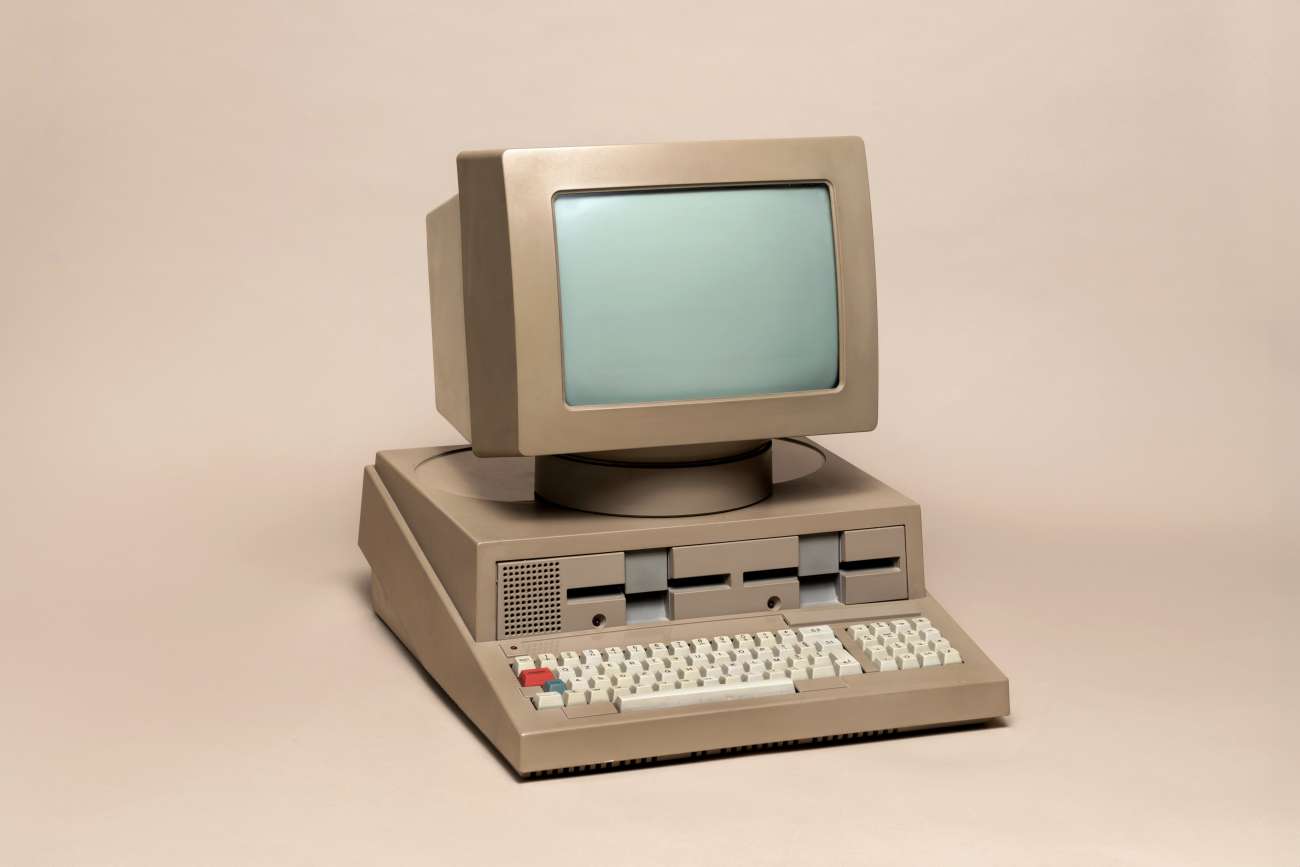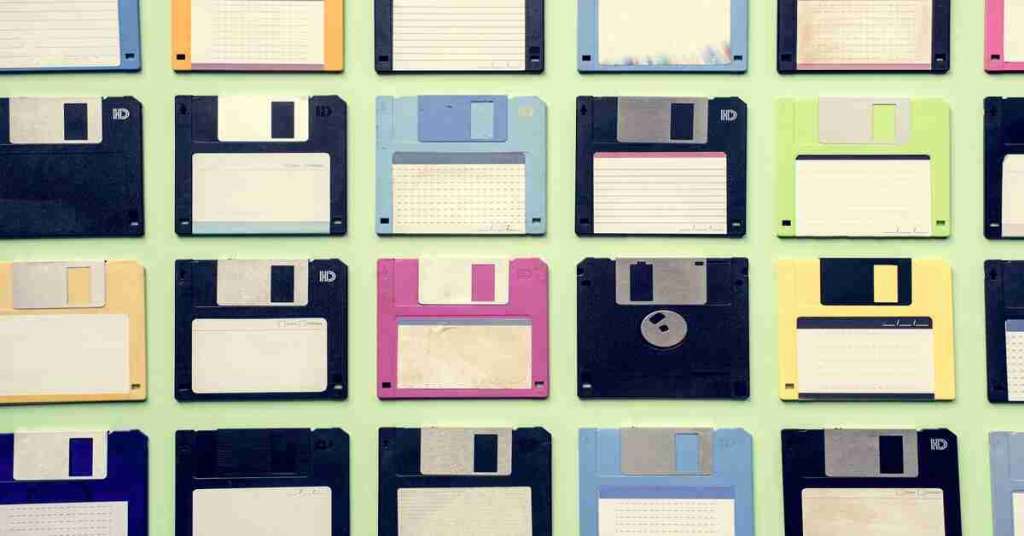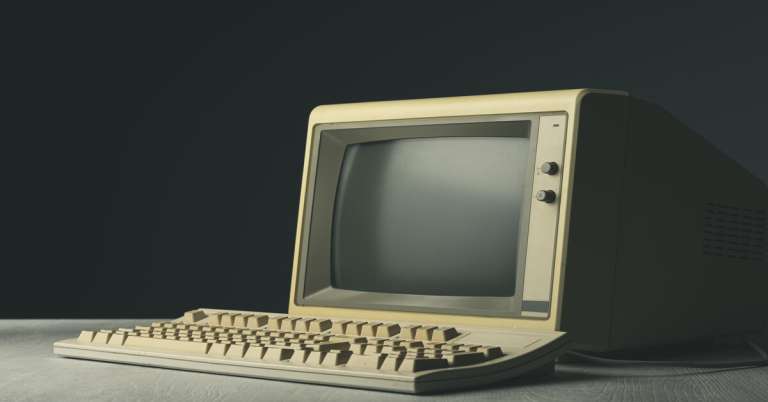In the world of technology, which is constantly changing at a brisk pace, it is easy to forget about the software that has defined our digital lives. Not only have classic software programs ushered in the modern applications, they have also left a permanent trace in the world of computing. As we enter the realm of time-honored software, we are going to consider some of the most influential software of the past that has a bearing on contemporary computing. Since the initial days of operating systems, to the revolutionary productivity applications, these programs are worth rediscovering.
The Significance of Classic Software
Classic software are those software programs which were instrumental in the early history of the computer and upon which we base our applications today. These programs brought on concepts that transformed the way we relate with computers making it productive, creative and communicated. Re-inventing the old software will enable us to admire the resourcefulness and creativity of the other developers and understand how modern technology progresses.
1. Microsoft Word (1983)
Microsoft Word is one of the most popular productivity software brands in the world and it was released first in 1983. Word was originally created to run on the IBM PC and introduced several features that became the norm in word processing such as WYSIWYG (What You See Is What You Get) editing, spell checking and the possibility of formatting the text with different fonts and styles.
The contribution of Microsoft Word to the productivity of the office can hardly be overestimated. It has altered the way individuals composed and edited papers, and the users can now easier create documents of professional quality. Microsoft Word is one of the leading forces in word processing today and it is always improving and keeping up with the demands of its users without losing the earlier characteristics that made it a classic.
2. Lotus 1-2-3 (1983)
Published in 1983, Lotus 1-2-3 was an innovative spreadsheet application that integrated the abilities of spreadsheets with a database and graphing. It has become the de facto standard of spreadsheet application in the 1980s, partly because of its easy-to-use interface and high power functionality.
Lotus 1-2-3 contributed immensely to the spread of the use of the personal computers in the business world. The capability to do complicated calculations and create visual representations of data made it a necessity to the financial analysts and business professionals. Though to a great degree, it was gradually substituted by Microsoft Excel the memory of Lotus 1-2-3 lives on, as it has become the predecessor of the modern spreadsheet software.
3. Adobe Photoshop (1988)
The first version of Adobe Photoshop was launched in 1988 and it rapidly became the standard in the editing and graphic industry. Originally Macintosh based, Photoshop brought on-board groundbreaking image-manipulation devices, like layering, filters, and advanced color correction.
Adobe Photoshop has a deep influence on the creative world. It has enabled photographers, designers and artists to take visual art to the limit. Photoshop is a tool that cannot be ignored even in the present day and has continued to include features that appeal to the changing needs of its users. Its classical status as traditional software is seen in the numerous tutorials, workshops, and communities of learning its usage.
4. Netscape Navigator (1994)
Netscape Navigator as one of the earliest and most popular web browsers helped to make the internet popular in the mid 1990s. It was released in 1994, and introduced later features like bookmarks, cookies, multimedia content in addition to rendering web browsing more interactive and friendly.
It is difficult to overestimate the impact that Netscape Navigator had on the internet; it gave us the form through which we connected and communicated with the internet. It later lost the market share to other browsers such as Internet Explorer, but today its legacy is seen in the current browsers, which are still using the ideas proposed by Netscape.
5. Winamp (1997)
One of the earliest media players that became popular in the playing of MP3 files was released in 1997 and was referred to as Winamp. It was popular with music lovers because of its customizable interface and the ability to support multiple audio formats. Other things that Winamp created were playlists, equalizers, and visualizations, which made the process of listening much better.
Winamp cannot be underestimated in terms of the cultural implication of the emergence of digital music. It was instrumental in the shift of the physical media to digital music and the change in the way we listen to, and manage our music collections. Although its usage has declined as streaming services have developed, the nostalgia around Winamp has not faded, and it reminds us of the early digital audio.
6. AutoCAD (1982)
AutoCAD was launched in 1982 and it transformed the computer-aided design (CAD). It offered architects, engineers and designers strong tools to develop accurate drawing and modeling. The use of user-friendly interface and high functionality made AutoCAD the standard of CAD software in the industry in a short period.
AutoCAD has left its mark in history (not just in terms of its technical qualities), but it changed the way of how design is done, making it both more precise and efficient. AutoCAD is still an important tool in many industries even today and it is constantly being upgraded with new applications in the technology and requirements of the user.
7. MS-DOS (1981)
Microsoft Disk Operating System (MS-DOS) was an operating system that was used to power personal computers in the 80s and early 90s. It offered a command-line interface that users could use to communicate with their computers so that they could manage files, run programs and also configure their systems.
Although the recent operating systems have mostly switched to GUI systems, MS-DOS still plays a great role in the history of computers. It brought about much needed concepts of file systems, commands and batch processing that are in use today. To tech-savvy people, the resurrection of MS-DOS can be an intriguing experience into the history of computing and the development of user interfaces.
8. Quake (1996)
Quake is a landmark, first-person shooter that came out in 1996 bringing a new feature of 3D graphics and the online network gameplay. Quake is a game created by id Software that was ahead of its time in terms of what can be accomplished in the field of the game, it established a new standard in the field of graphics, sounds, and the dynamics of the game.
The impact of Quake on the gaming industry is immense; the game pioneered first-person shooting games and multiplayer gaming. Its ingenuous application of 3D graphics and the real-time render remains inspirational to game developers to date. The Rediscovery of Quake enables the players to acknowledge the origins of modern day gaming and its contribution to the industry.
The Revival of Traditional Software
Over the last few years, there has been a new interest in vintage software due to nostalgia and the wish to discover the origins of contemporary applications. There are a great number of fans who are preserving and reviving them and establishing communities around them and the experiences that they share to showcase their historical worth.
The advent of emulators and retro events has facilitated being able to firsthand experience classic software. Re-examining these programs, people are able to appreciate more the innovation and creativity that characterized the early years of computing.
Conclusion
Re-discovering old programs is not merely a nostalgic experience, it is a way of learning about the development of technology and the changes these programs have made in our online lives. Since word processing software revolutionized the way we prepare documents and innovative media players revolutionized the way we listen to music, historic software has been around and is still influencing our lives today.
Examining these crucial programs of the past, we are able to appreciate the innovativeness of developers that lived in this era and the contribution they have made to the history of software that has persisted to this day. Be it an experienced tech-lover or a young tech enthusiast, finds the time to revisit the old software and be amazed by the rich history that has led to the technology that we are dependent on in the present day.







Leave a Comment